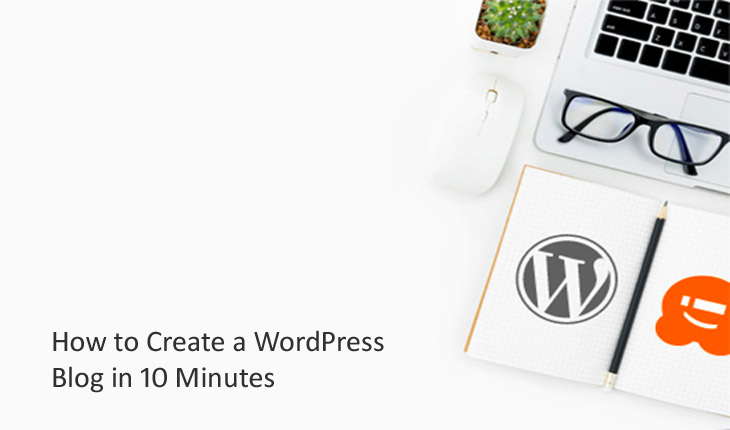Creating and starting a WordPress blog is a straightforward process that involves selecting a domain name, hosting, and theme. You can then customize your blog with plugins and widgets to enhance its functionality and design. How to Create a WordPress Blog in 10 Minutes
Once your blog is set up, you can start creating and publishing content to engage your audience and grow your online presence. With WordPress’s user-friendly interface and vast resources available online, you’ll be well-equipped to establish a successful blog in no time.
Additionally, WordPress offers a wide range of SEO tools and features to help optimize your blog for search engines, making it easier for potential readers to discover your content. By utilizing these SEO tools effectively, you can increase your blog’s visibility and reach a larger audience. Moreover,
WordPress also provides analytics tools to track your blog’s performance, allowing you to monitor traffic, user engagement, and other key metrics to make informed decisions and continuously improve your blog over time.
Step 1: Select Hosting and Domain
When purchasing hosting and a domain name, it’s crucial to consider the compatibility of the hosting service with your website’s needs. This includes factors like storage space, bandwidth, and technical support. Furthermore, choosing a domain name that is memorable, relevant to your brand,
and easy to spell is essential for building a strong online presence. By carefully selecting both hosting and a domain name, you can set your website up for success.
When selecting a hosting service, it’s important to assess the server’s uptime reliability, security features, and scalability options to ensure that your website can handle fluctuations in traffic and data. Additionally, opting for a domain name that reflects your brand identity and aligns with your target audience’s
expectations can help establish credibility and trust. By making informed choices regarding hosting and domain selection, you can create a seamless online experience for your visitors and facilitate the growth of your online presence.
Step 2: Install a WordPress
Installing WordPress is a straightforward process. You need a domain name, hosting service, and database. Download the WordPress installation files and upload them to your server
Follow the installation wizard to set up your website. With WordPress, you can easily create a professional website without extensive technical knowledge.
WordPress offers a user-friendly interface with a wide range of customizable themes and plugins to enhance the functionality of your website.
Once your website is up and running, you can easily manage and update your content, add new features, and optimize for search engines. Additionally, WordPress has a large community of users and developers that can provide support and resources to help you make the most of your website.
Step 2: Find WordPress Themes
When looking for WordPress themes, it’s important to consider factors such as design, functionality, and customization options.
A well-designed theme can enhance the overall look and feel of your website, while functionality ensures that it meets your specific needs. Customization options allow you to personalize the theme to align with your brand and vision. Theme compatibility with plugins and updates is also crucial for a smooth website experience.
In addition to design, functionality, and customization options, another key factor to consider when selecting a WordPress theme is its responsiveness.
A responsive theme is crucial for ensuring that your website looks and functions well across various devices, including desktops, tablets, and smartphones. This is essential for providing a seamless user experience and improving your site’s visibility in search engine rankings.
Step 4: Write your First Blog Post
Introducing my first blog post! Today, I want to discuss the benefits of incorporating wet food into your cat’s diet. Wet food is not only a great source of hydration, but it’s also easier for older cats to eat due to its soft texture. Additionally,
wet food typically contains a higher protein content, which aligns more closely with a cat’s natural diet and helps maintain muscle mass. These advantages make wet food a solid choice for many indoor cats.
When it comes to incorporating wet food into your cat’s diet, it’s important to consider factors like the quality of ingredients, portion sizes, and any specific dietary needs your cat may have.
Consulting with a veterinarian can provide valuable insights and guidance tailored to your cat’s individual health and nutritional requirements. By making informed decisions about your cat’s diet, you can help support their overall well-being and quality of life. How to Create a WordPress Blog in 10 Minutes
Step 5: Earn Money on WordPress
- Create an Online Store.
- Collect Payments. Payment Buttons. Paid Newsletters. Donations and Tips. Paid Content.
- Pay with PayPal.
- Advertise via WordPress.com.
- Advertise via Other Providers.
- Affiliate Linking.
- Sponsored Posts.

